This year has been a good one for migratory waders in our wetlands.
The usual suspects, sharp-tailed sandpipers and red-necked stints have been observed in good numbers. Some of the rarer visitors included great knots, curlew sandpipers, common greenshanks, common sandpipers, eastern curlews, the whimbrel, and grey plover.
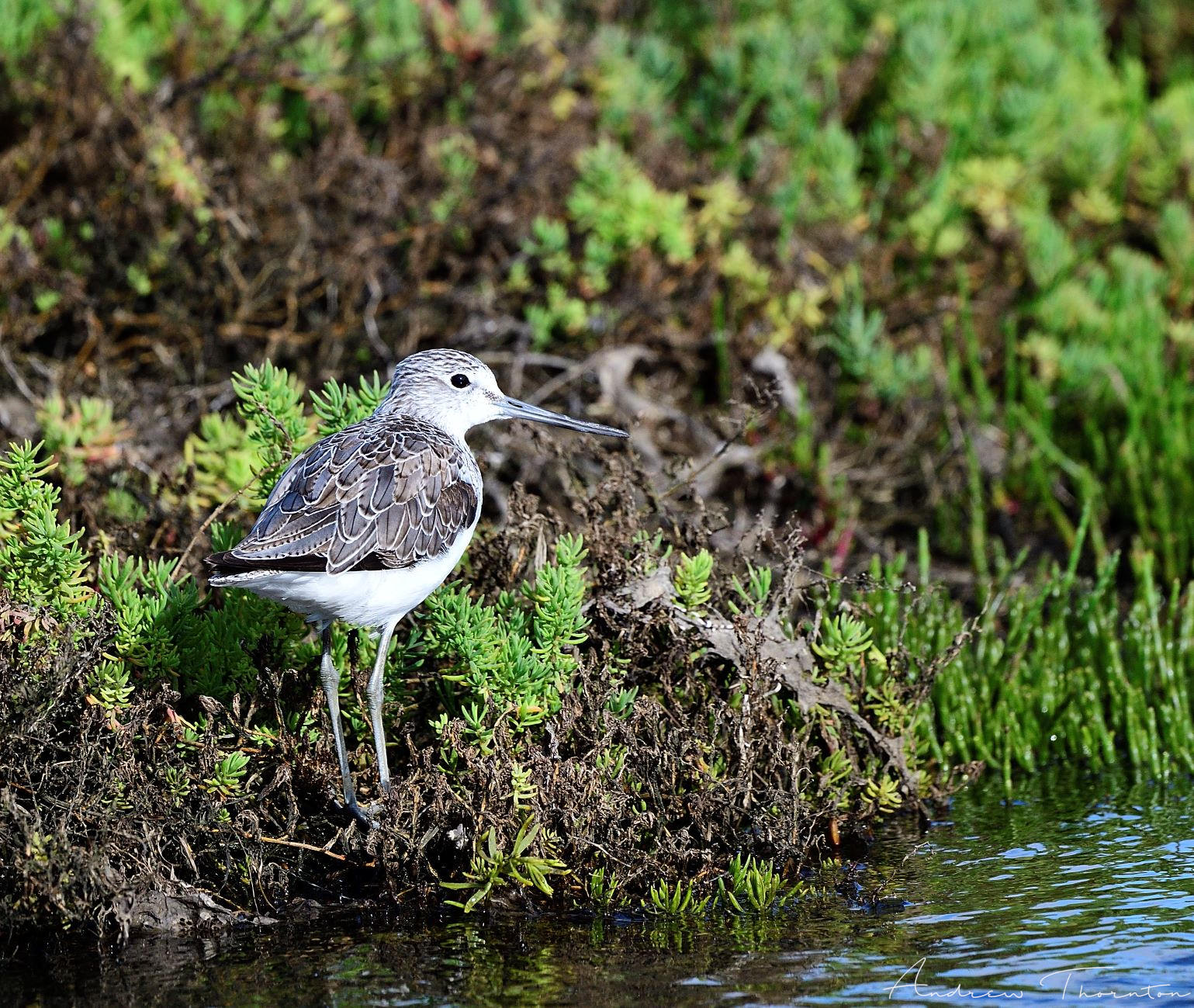
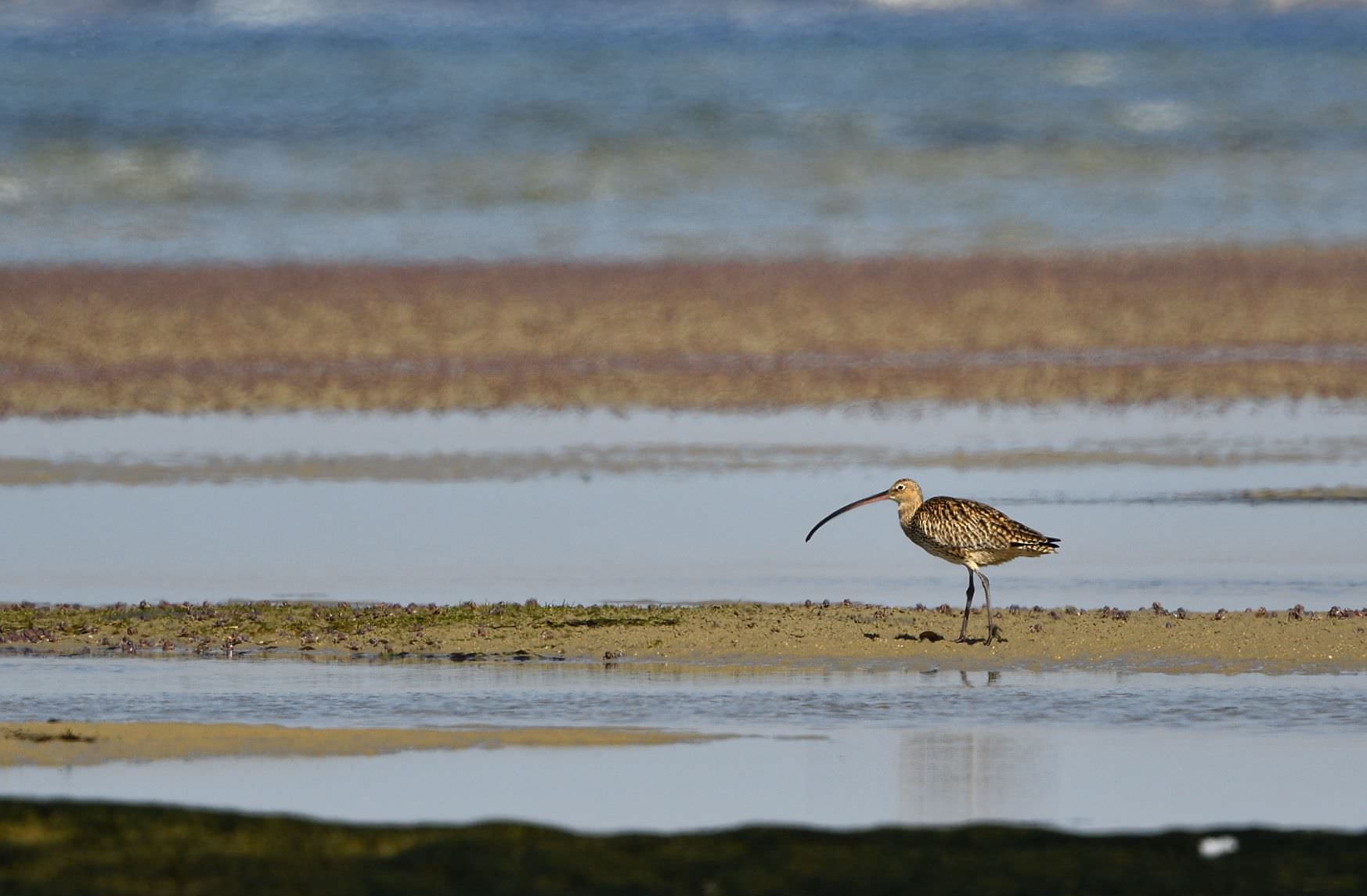
Common greenshank (l) and Eastern curlew (r)
Over the summer we’ve also had Bar-tailed Godwits feeding on soldier crabs and sand-worms at Wader Beach and on the sandbar.
Red-necked Stints have been observed in good number this summer. The conservative count of these birds was 2000 plus, feeding out of the mudflats and roosting down at the Battery Rd rocks. A small number of juvenile red-necked stints have also been recorded overwintering here.
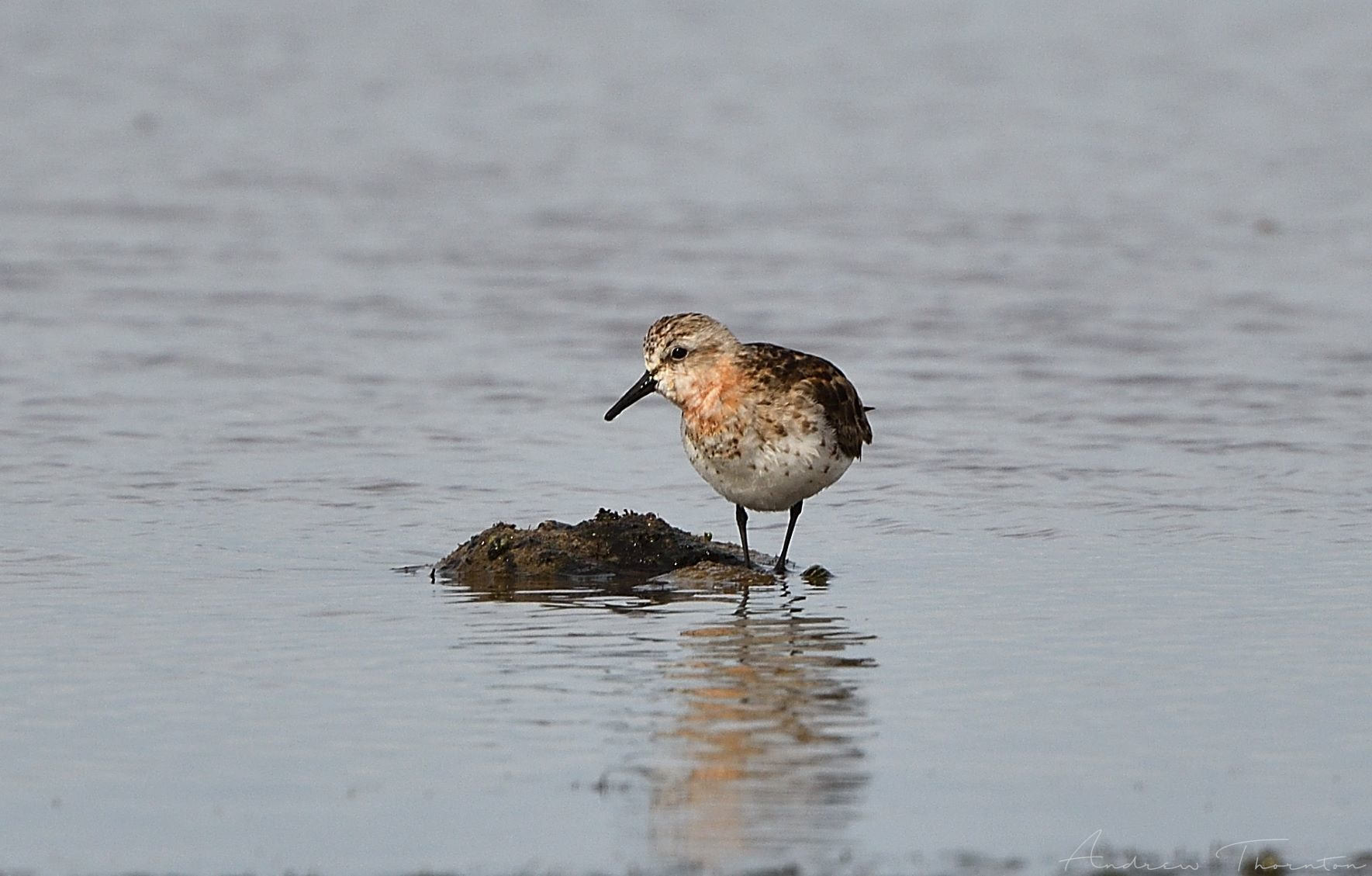
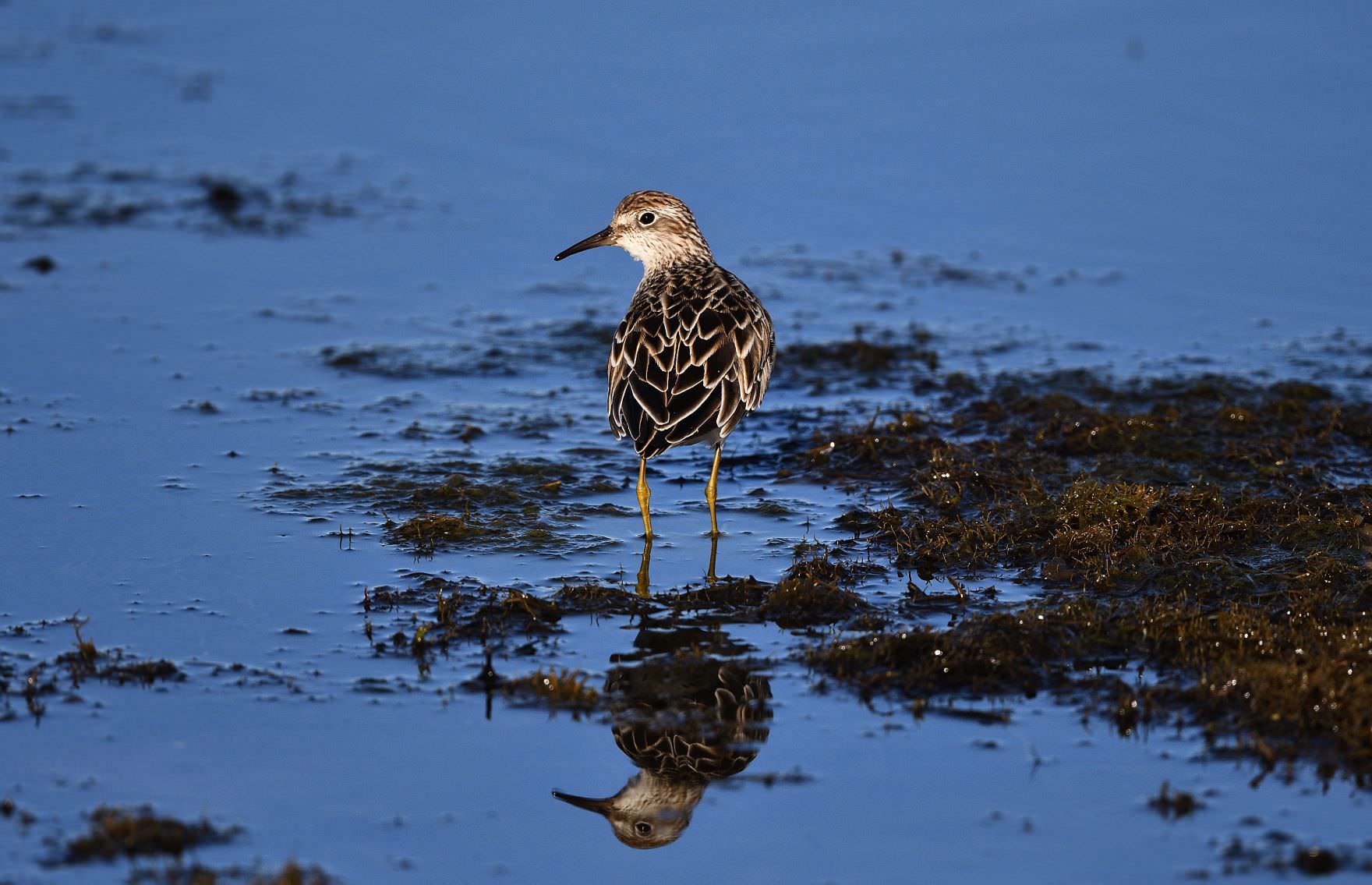
Red-necked Stint (l) and Sharp-tailed Sandpiper (r)
We have had three highlights this year, the overwintering whimbrel, sightings of eastern curlews and the grey plover. All three events caused a massive influx of keen birders hoping to catch a glimpse of these interesting migratory waders.
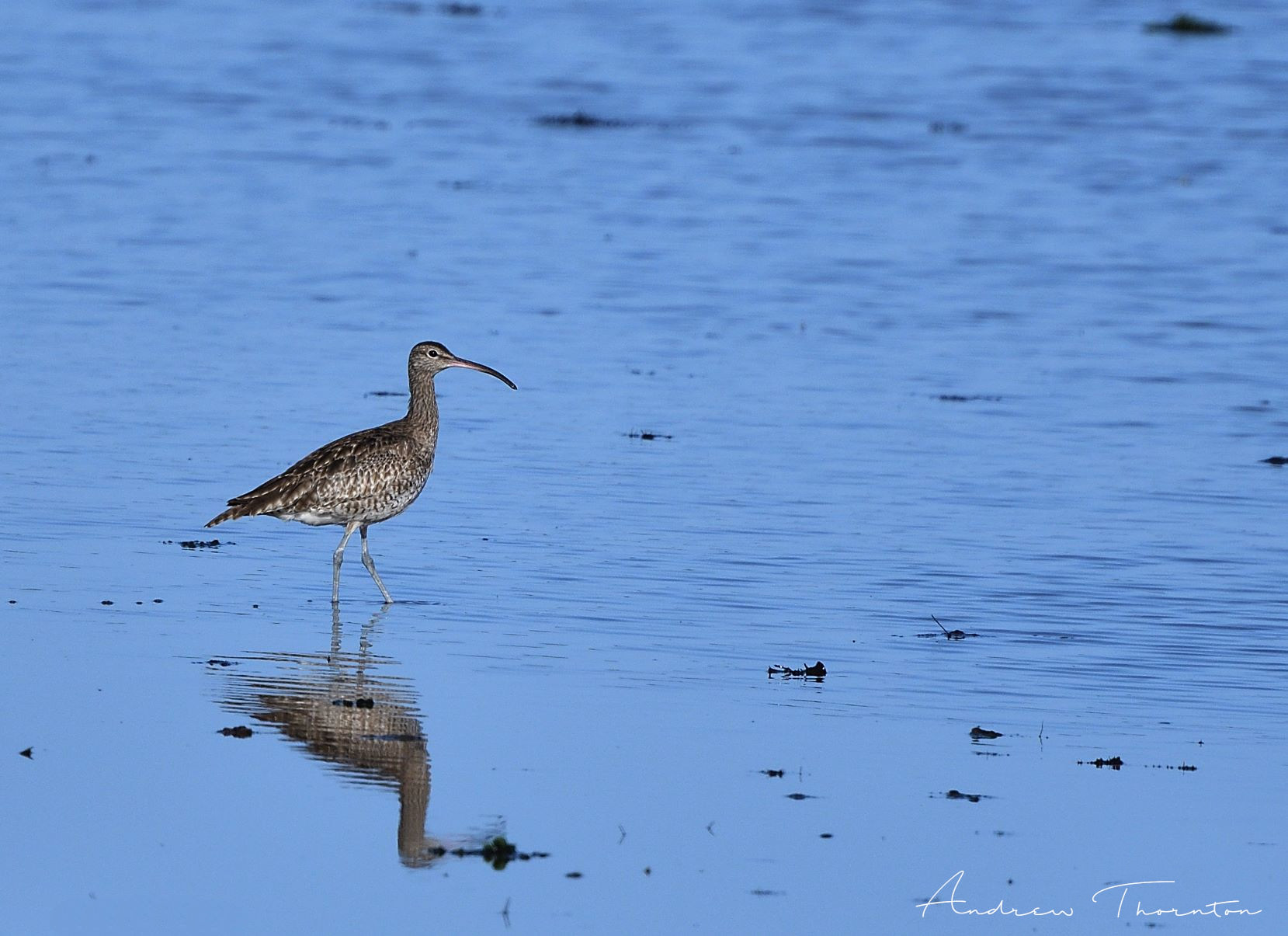
Whimbrel






